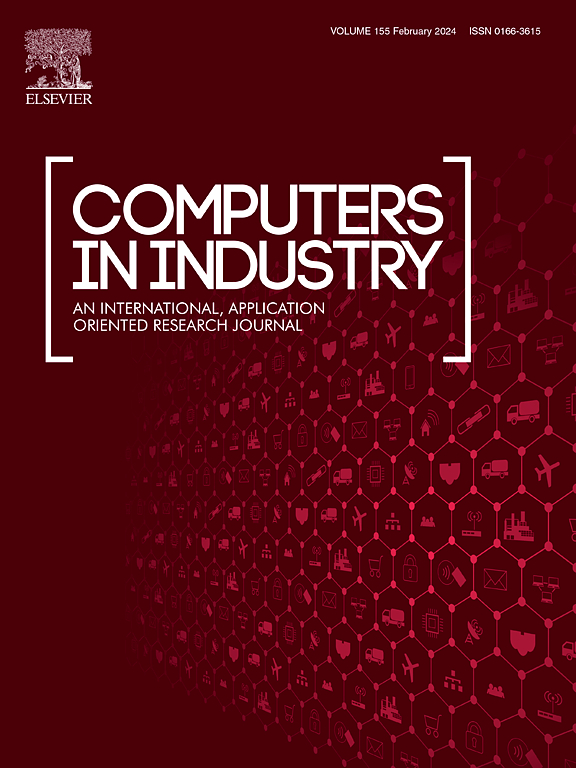双变量阶段退化系统的可靠性分析与剩余使用寿命估计
IF 9.1
1区 计算机科学
Q1 COMPUTER SCIENCE, INTERDISCIPLINARY APPLICATIONS
引用次数: 0
摘要
一方面,由于设备运行条件或工作环境的变化,降解过程往往呈现两相甚至多相的特征。与单相退化模型相比,两阶段退化建模需要考虑变化点的可变性,分析变化点处退化状态的特征。另一方面,随着传感器技术的进步,多传感器数据采集系统越来越普遍,将多个来源的数据结合起来可以大大提高剩余使用寿命(RUL)估计的准确性。然而,目前的研究未能同时纳入上述两种条件。因此,构建多变量阶段性退化模型和估计RUL仍然是一个重大的挑战。考虑到这一点,本文构建了一个基于Wiener过程的双变量阶段性退化模型。考虑到个体的多样性和变化点的随机性,导出了RUL解析表达式。提出了一种实现变化点精确检测的新方法。最后通过一个模拟数据集和两个实际工作数据集验证了所提出模型的有效性。本文章由计算机程序翻译,如有差异,请以英文原文为准。
Reliability analysis and remaining useful life estimation of a two-variable phased degradation system
On the one hand, due to changes in the operating conditions or working environment of the equipment, the degradation process often exhibits characteristics of two-phase or even multi-phase. In contrast to single-phase degradation models, two-phase degradation modeling necessitates considering the variability of the change points and analyzing the characteristics of the degraded state at the change points. On the other hand, as sensor technology advances, multi-sensor data collection systems have become increasingly widespread, and combining data from several sources can considerably improve the accuracy of remaining useful life (RUL) estimation. However, the current research fails to simultaneously incorporate both of the aforementioned conditions. Consequently, constructing a multivariate phased deterioration model and estimating the RUL still present a significant challenge. With this particular consideration, this paper constructs a two-variable phased degradation model based on the Wiener process. The RUL analytic expression is derived by taking into account the diversity of individuals and the random nature of change points. A novel approach is provided to achieve precise detection of change points. The proposed model’s validity is ultimately confirmed through the use of a simulation dataset as well as two real working datasets.
求助全文
通过发布文献求助,成功后即可免费获取论文全文。
去求助
来源期刊

Computers in Industry
工程技术-计算机:跨学科应用
CiteScore
18.90
自引率
8.00%
发文量
152
审稿时长
22 days
期刊介绍:
The objective of Computers in Industry is to present original, high-quality, application-oriented research papers that:
• Illuminate emerging trends and possibilities in the utilization of Information and Communication Technology in industry;
• Establish connections or integrations across various technology domains within the expansive realm of computer applications for industry;
• Foster connections or integrations across diverse application areas of ICT in industry.
 求助内容:
求助内容: 应助结果提醒方式:
应助结果提醒方式:


